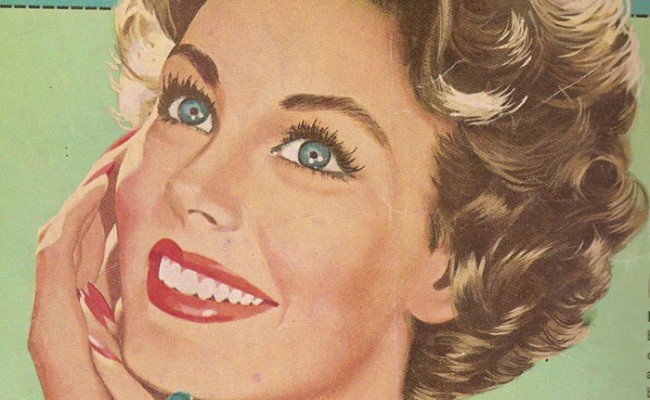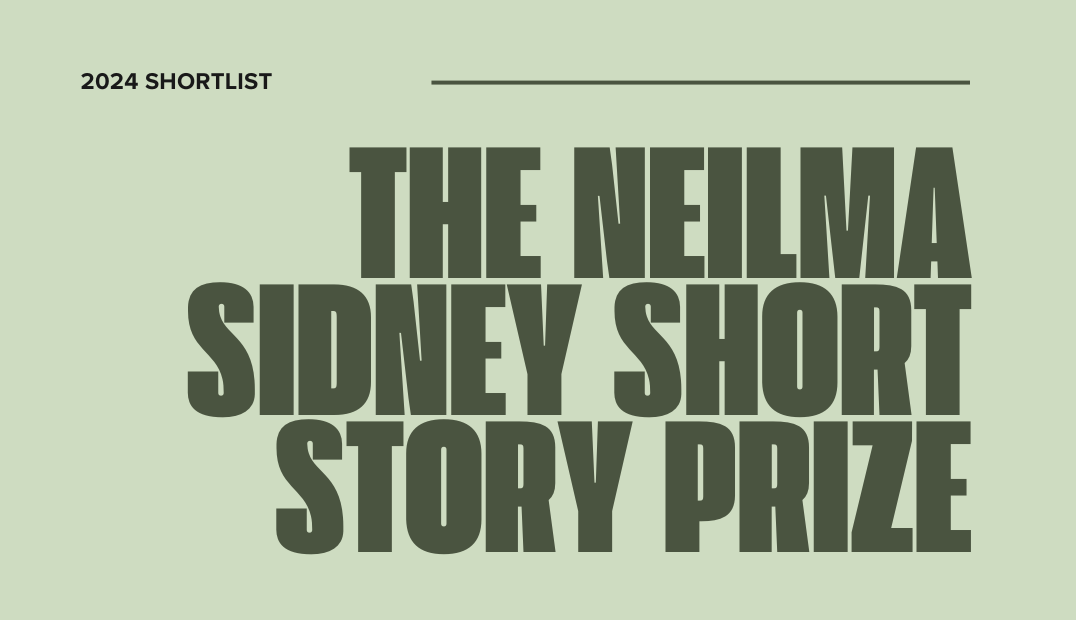May I remind you that there have been at least two colleges for women in existence in England since the year 1866; that after the year 1880 a married woman was allowed by law to possess her own property; and that in 1919 – which is a whole nine years ago – she was given the vote? May I also remind you that most of the professions have been open to you for close on ten years now? When you reflect upon these immense privileges and the length of time during which they have been enjoyed, and the fact that there must be at this moment some two thousand women capable of earning over five hundred a year in one way or another, you will agree that the excuse of lack of opportunity, training, encouragement, leisure, and money no longer holds good.
These words are part of a lecture given by Virginia Woolf at Girton College, Cambridge in 1928. Here she is tracing the gains women have made during her lifetime, as she reflects upon the obstacles they still face, particularly as writers of fiction. Eighty-six years after this speech was given, in a country across the other side of the world where women were given the right to vote earlier than their British counterparts, we can also count the gains we have made. Women in Australia today can vote, can be elected to parliaments, can continue to work when they get married, can drink in public bars, can go to school and university. These are all rights that have had to be fought for over the past century. Legislation such as the Sex Discrimination Act 1984 has also helped to highlight and address inequalities suffered by women and government policies such as the ‘National Policy for the Education of Girls in Australian Schools’ and ‘Gender Equity: a Framework for Australian Schools’ seek to address ongoing issues of equity in institutions. Just recently data from the Australian Tertiary Admissions Rank (ATAR) revealed that in 2013 ‘the median ATAR for females was 71.00 whereas the median ATAR for males was 67.00’. And yet, as Elizabeth Broderick, the Sex Discrimination Commissioner, noted in a speech to mark a hundred years of International Women’s Day in 2011, ‘there is still much to do’.
At times these achievements – although worth celebrating – can mask underlying issues of inequality. To illustrate one of the subtle ways that women continue to be excluded and underrepresented I am going to examine a small survey of writers in one prominent Australian newspaper: the Age. Here, like Virginia Woolf’s exploration of women and fiction, I am conducting an investigation into women and opinion writing.
Over the course of 34 days I have recorded the number of women and men writers in the pages variously titled ‘Comment’, ‘Opinion’ and ‘Forum’ (depending on the day of the week) in the Age. The beginning of my survey coincided with the time in which ATAR results were soon to be released (mid December 2013) and ended around the time that university places were being offered (mid January 2014).
My survey suggests that women are significantly less represented as comment writers than their male peers. Over the 34-day period that I surveyed, there were eight days that contained only male writers and no days in which there were only female writers on these pages. There were four days in which the number of male and female writers was even; that is, two articles were written by men and two by women. There were four days when there were more female writers than male writers. On one of these days, two of the female writers were writing about what might be considered ‘women’s issues’ (women’s sport and female prostitution). The other twenty-five days male writers outnumbered female writers to various ratios (3:0, 2:1, 3:2, 4:1, 3:1, 3:2, 4:0, 5:0). On one occasion one of the articles by a female writer was reprinted from US-based Bloomberg news. The results of the survey are recorded in the graph below, indicating the number of times each ratio occurred throughout the 34-day survey period. This shows that the ratio of two male writers to one female writer occurred the most, 12 times, while a number of other configurations occurred only once: three female to one male; four male to one female, four male to zero female and five male to zero female writers.
Figure One: Occurrence of male and female writers in 34-day survey.
The following graph (Figure Two) shows the total number of male and female writers on the comment pages of the Age for the duration of the survey: 82 males and 38 females. There were less than half the number of females to males writing throughout this period.
Figure Two: Total number of male and female writers in 34-day survey.
The results of this small survey (which are mirrored in more substantial research carried out in the UK context), I suggest, gives insight into some of the structural inequalities that confront women. It illustrates the way in which certain groups of people are excluded, often subtly, from particular spaces (and here I focus only on gender but do not want to discount issues of race and class also, which intersect with issues of gender and create further inequalities). The lack of women writers on these pages has the effect of implying that women are less capable of sharing an opinion or commenting on important issues. A comedy sketch by Harry Enfield – from which this article takes its title – makes light of this, suggesting women should refrain from entering debate with men as their brains do not cope with too much education. They should instead be pretty and sweet and fragile. The sketch is set historically – perhaps in the 1950s or 60s – and we laugh at it because it seems absurd. The absurdity then makes it seem distant and outdated. If we put this sketch alongside my analysis of the Age, however, it seems frighteningly current. This image of female incapacity is reinforced by comments made by Prime Minister Tony Abbott, then Opposition Leader, and quoted by Julia Gillard in her famous misogyny speech in 2012: ‘What if men are by physiology or temperament, more adapted to exercise authority or to issue command?’. Other public displays that deny women voice and ridicule or exclude their contributes to public discourse, such as the case of Kate Ellis on Q&A in 2012 – written about eloquently by Ben Pobjie – contribute to a picture of women similar to that depicted in Harry Enfield’s sketch. Comments made by people in power, public performances broadcast on national television and trends within established and well-read newspapers such as the Age, work to reinforce and underpin prejudices in ways that are not readily noticeable. And this is how, I suggest, inequalities become masked and hidden.








